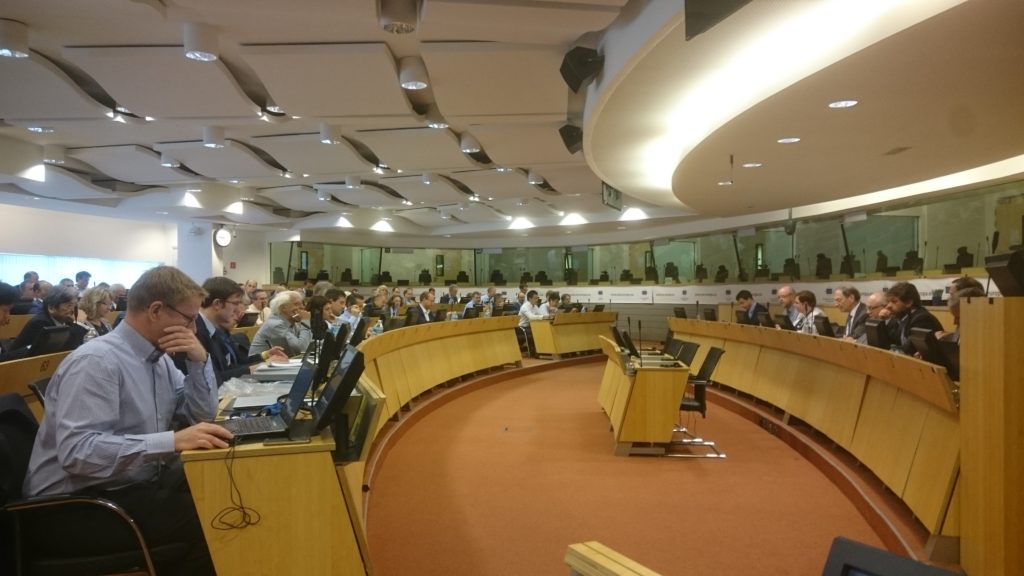I have been riding my Xiaomi M365 electric scooter since the beginning of summer and have become a big fan of it. It is an amazing mobility device that lets me move through Brussels and Paris and choose the most optimal routing depending on time of the day and traffic conditions. In early mornings when public transport frequency is low and also during rush hour when it is impossible to get into a metro it is nice to be able to avoid public transport.
I had never thought to calculate how much it actually costs to ride it. I knew it is cheap and never gave it more thought. People from Wired actually did the calculations and the results are surprising.
This is how my e-scooter puts money in my pocket every day…
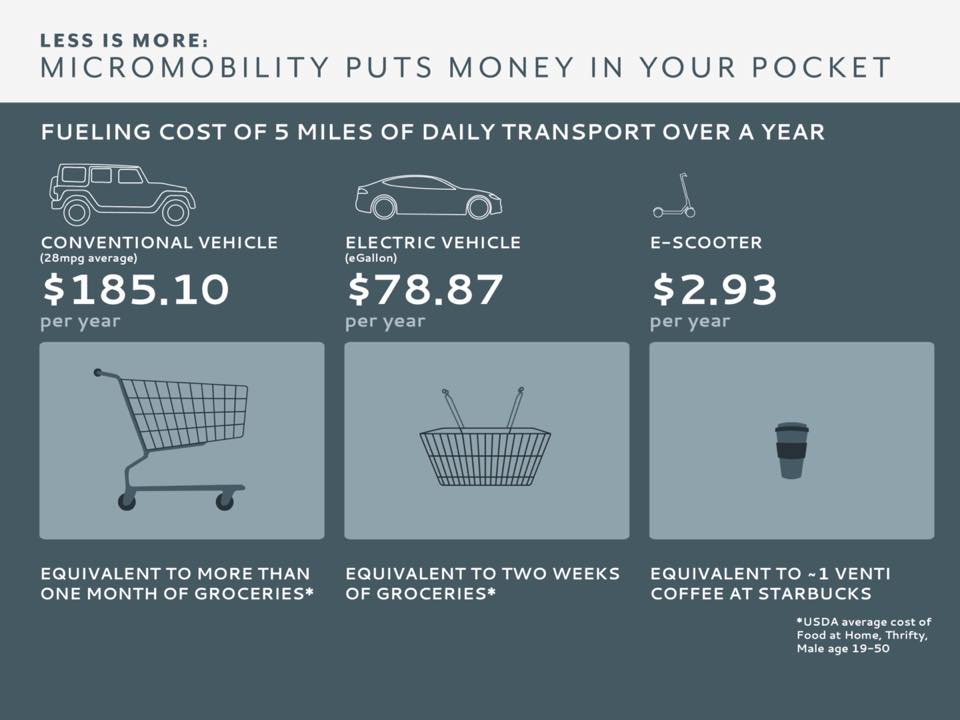
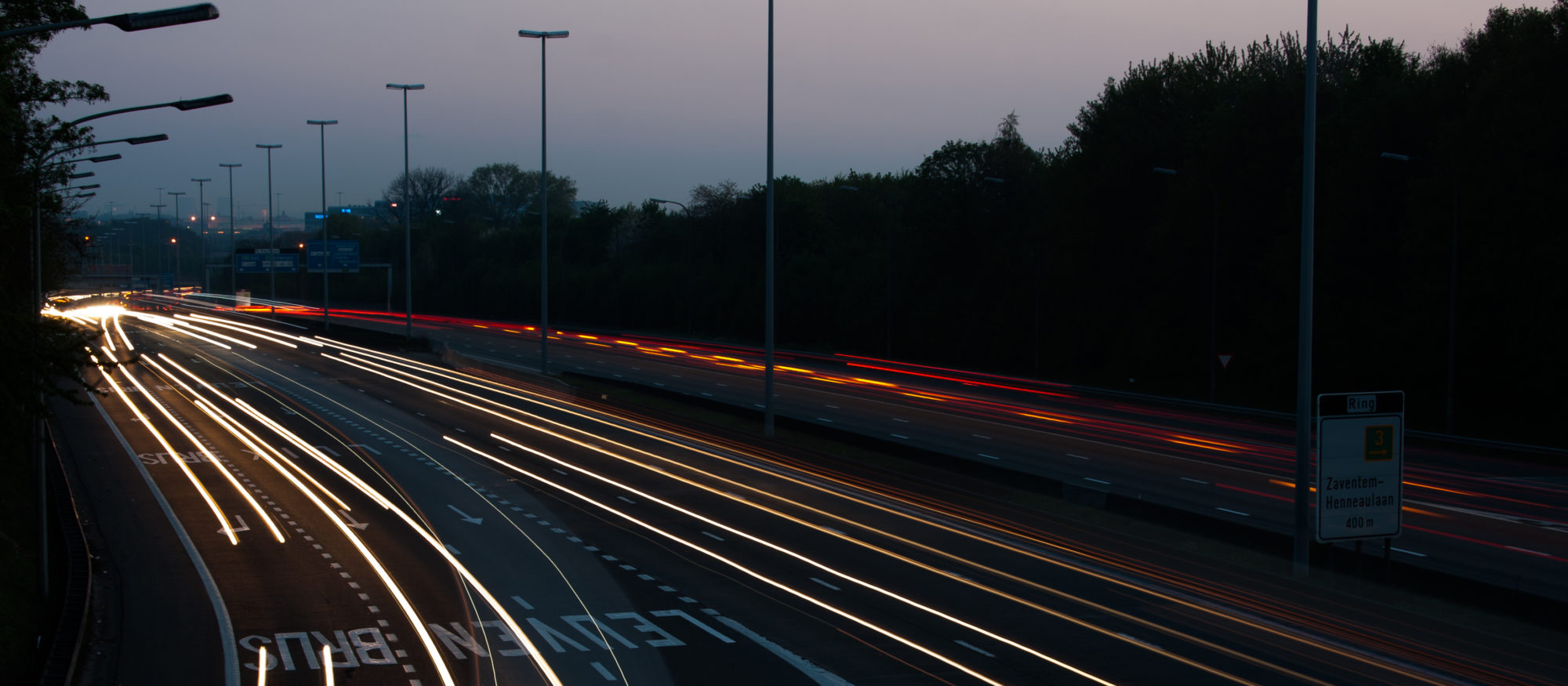

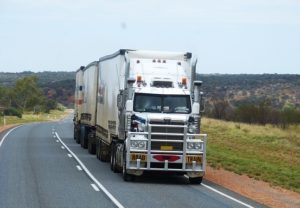 In most countries the heavy goods vehicles are those freight vehicles with a gross mass greater than either 3.5 t or 4.5 t. The maximum allowed weights and dimensions of road freight vehicles are regulated and vary in each country. High Capacity Vehicles (HCVs) are vehicles that exceed the general weight and dimension limitations in the country and are usually operated in limited geographical areas or on specific routes in the country under a special regime. Therefore, a 5-axle vehicle that is 22m long with the mass of 44 tons could be considered a HCV in one country, but would fall into the general freight vehicles category in another country.
In most countries the heavy goods vehicles are those freight vehicles with a gross mass greater than either 3.5 t or 4.5 t. The maximum allowed weights and dimensions of road freight vehicles are regulated and vary in each country. High Capacity Vehicles (HCVs) are vehicles that exceed the general weight and dimension limitations in the country and are usually operated in limited geographical areas or on specific routes in the country under a special regime. Therefore, a 5-axle vehicle that is 22m long with the mass of 44 tons could be considered a HCV in one country, but would fall into the general freight vehicles category in another country.

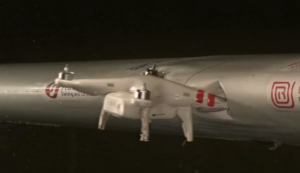
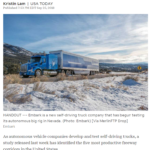
 The documentary “
The documentary “